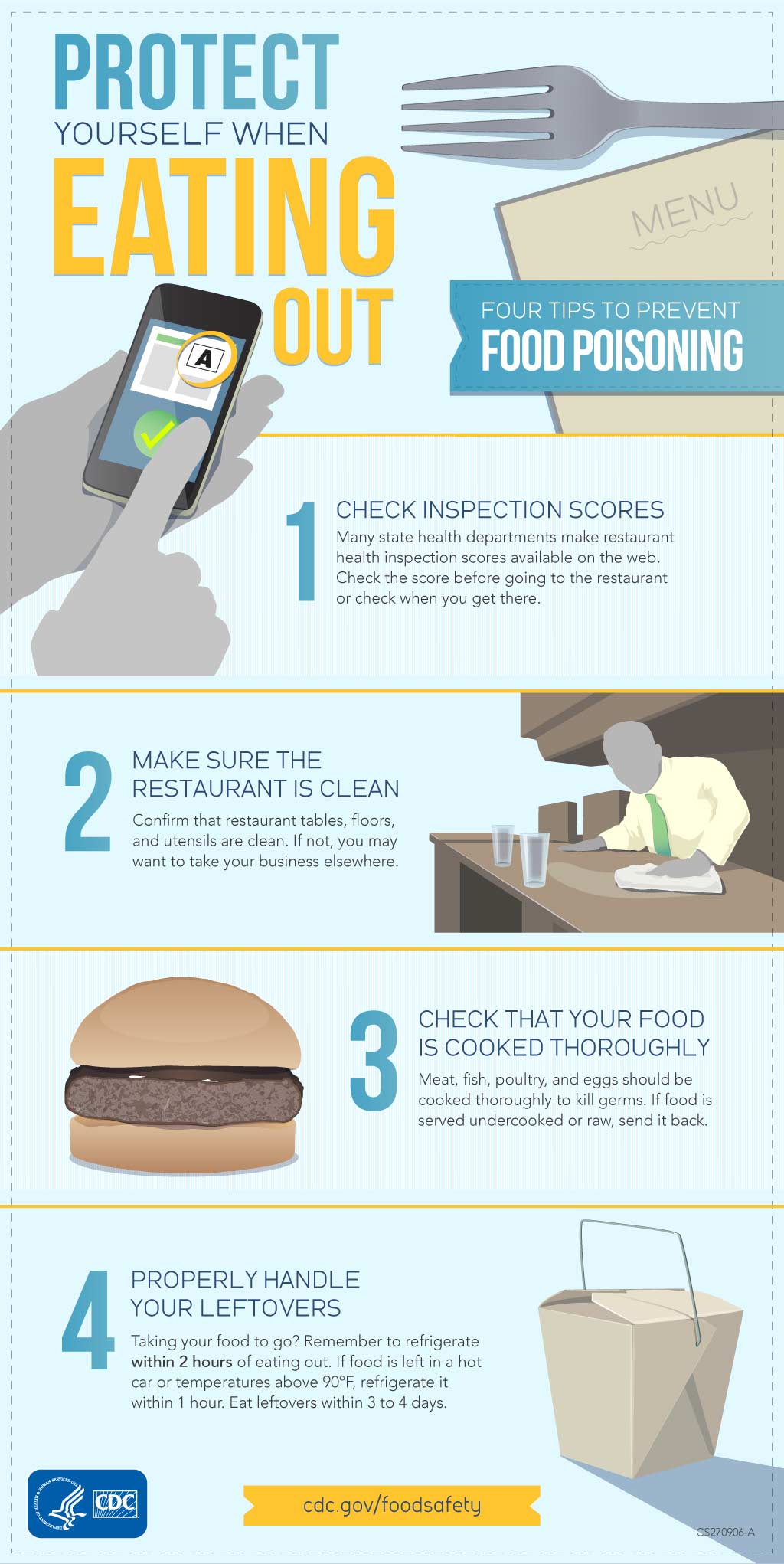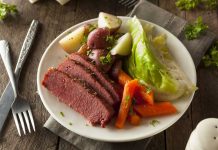Mardi Gras refers to the events of the Carnival celebration, culminating on the day before Ash Wednesday, the first day of Lent. Mardi Gras is French for “Fat Tuesday”, reflecting the practice of the last night of eating rich, fatty, foods before the ritual fasting during the Lenten season.
If you decide to host your own “Fat Tuesday” party, remember this type of food service – where foods are left out for long periods – leaves the door open for uninvited guests – bacteria that cause foodborne illness. Festive times for giving and sharing should not include sharing foodborne illness.
Join in festivals around the country or have your own Fat Tuesday feast! Share your favorite traditions by using #FatTuesday, #MardiGras, #ShroveTuesday on social media.
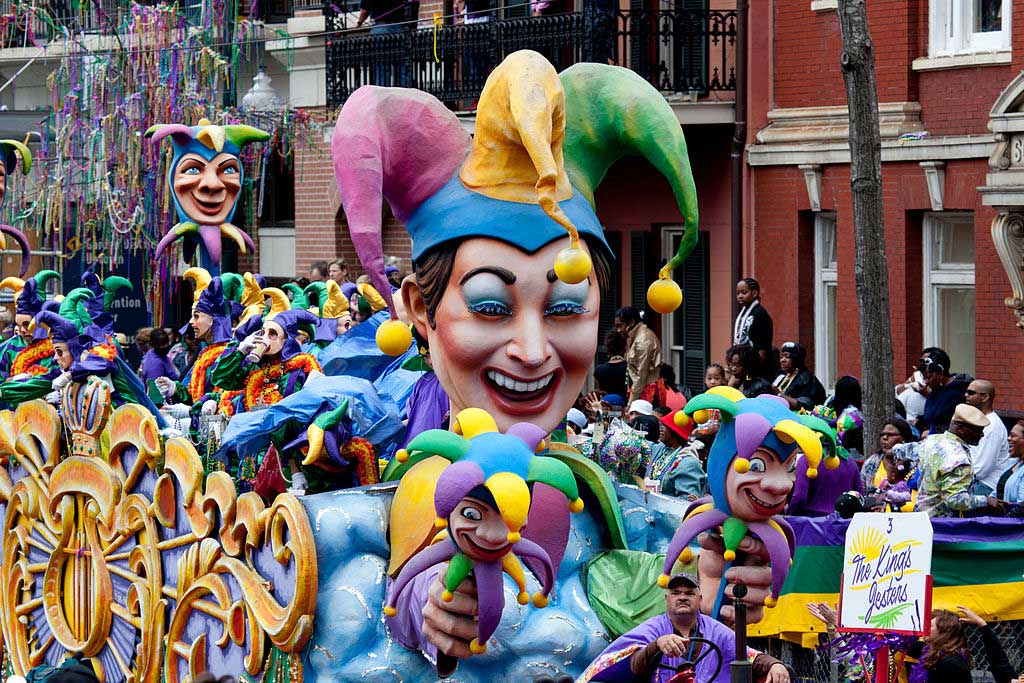


If you are eating out, just because someone else cooked for you, doesn’t mean you can let your guard down when it comes to food safety. And leftovers are only safe for 2 hours at room temperature.
- Learn about proper hygiene, cross contamination, cold and hot food safety, foodborne pathogens, and best practices to prevent foodborne illness.
- Food Manager Training & ANSI Certification - $99.00
- Food Handler Training - only $7.00!
- HACCP Training: 16hr/4hr/1hr
- Food Allergy Training - $15.00
- Enter Promo "train10off" at Checkout
Food can get contaminated anywhere – so it’s important to always follow sound food safety practices – no matter who prepares the meal or where you eat it.
About Mardi Gras
Mardi Gras 2020 is on the 25th of February, with the celebrations happening in the two weeks leading up to the date itself.
Mardi Gras is linked to a religious date, which is in turn linked to cycles of the Moon, the date changes every year. Mardi Gras falls on the Tuesday before Lent begins in the Christian Calendar, also known as Shrove Tuesday. The Wednesday is known as Ash Wednesday, which is the first day of fasting in the run up to Easter, 46 days later. The date for Easter can fall anywhere between March 22 and April 25 on their calendars. Mardi Gras dates:
2020 – February 25
2021 – February 16
2022 – March 1
2023 – February 21
2024 – February 13
2025 – March 4
New Orleans holds the crown for Carnival and Mardi Gras celebrations in the United States. While the city is filled with French flavor and style, its culture is an eclectic infusion of many cultures. There are traditional foods for Mardi Gras:
- Traditional King Cake
- Crawfish Boil
- Shrimp and Grits
- Creole Crab Cakes
- Shrimp and Chicken Etouffee
- Pancakes
- Dirty Rice
- Milk Punch
- Shrimp Po’boys
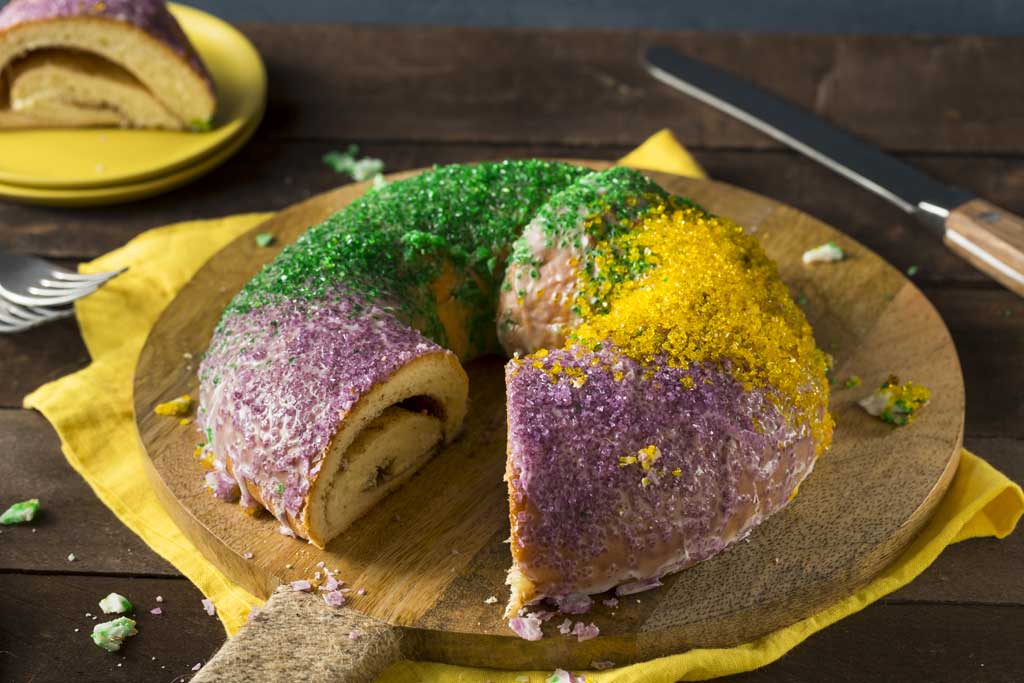


Temperature Danger Zone & Two Hour Rule
Bacteria grows rapidly between the temperatures of 40°F and 140°F, doubling in number in as little as 20 minutes. This range of temperatures is called the temperature “Danger Zone.”
The absolute maximum time for leaving prepared foods at room temperature is 2 hours—including time for preparation, serving and eating.
Discard any perishable foods left at room temperature longer than 2 hours. If you are eating outdoors at a picnic or cookout where temperatures are over 90°F, discard foods after 1 hour.
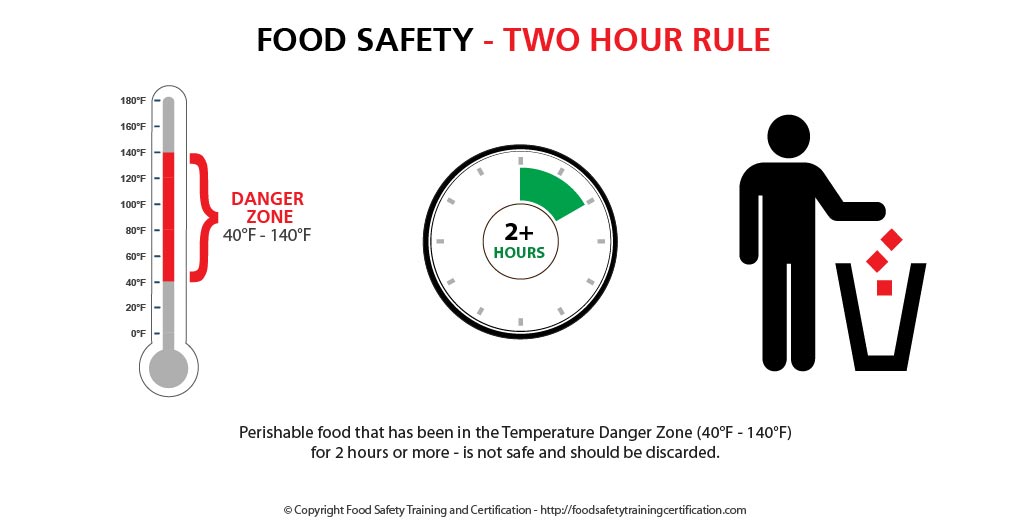


Clean – Separate – Cook – Chill
Remember the four food safety steps – Clean, Separate, Cook & Chill, at your Mardi Gras Party celebrations.
- Clean: Make sure to pack clean paper towels, water, and soap for cleaning surfaces and your hands. Disposable moist towelettes also work well.
- Separate: Use clean plates. Likewise, don’t put foods eaten raw on the same platter that held raw meat or poultry. Any harmful bacteria present in the raw meat juices could contaminate them.
- Cook: Always use a food thermometer to check the internal temperature of burgers, steaks, chicken and foods containing meat, poultry and egg dishes.
- Hamburgers, sausages and other ground meats should reach 160°F (71°C).
- All poultry should reach a minimum temperature of 165°F (74°C).
- Whole cuts of pork, lamb, veal and beef should be cooked to 145°F (63°C) as measured by a food thermometer placed in the thickest part of the meat, and allowed to rest for three minutes before eating.
- Seafood should be cooked to 145°F (63°C).
- Cook eggs until yolks are firm, and cook foods containing eggs thoroughly.
- Chill: Place leftovers in shallow containers and store them in a cooler immediately. Discard food left in the Danger Zone for more than two hours. When the outside temperature is 90°F or above this time reduces to just one hour.
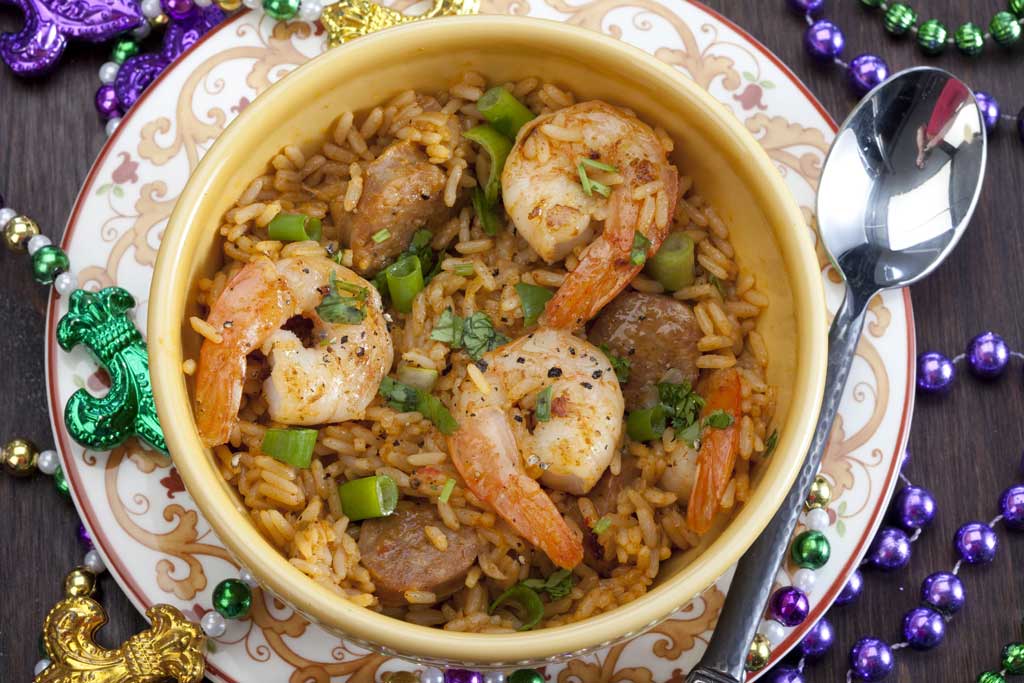


Food Safety Observations When Dining Out on Mardi Gras
Make some basic food safety observations when dining out:
- Check Inspection Scores – Many state health departments make restaurant health inspection scores available on the web. Check the score before going to the restaurant or check when you get there.
- Make Sure the Restaurant Is Clean – Confirm that restaurant tables, floors, and utensils are clean. If not, you may want to take your business elsewhere.
- Check That Your Food Is Cooked Thoroughly – Meat, fish, poultry, and eggs should be cooked thoroughly to kill germs. If food is served undercooked or raw, send it back.
- Properly Handle Your Leftovers – Taking your food to go? Remember to refrigerate within 2 hours of eating out. If food is left in a hot car or temperatures above 90ºF, refrigerate it within 1 hour. Eat leftovers within 3 to 4 days.
- Download CDC Infographic: Protect Yourself When Eating Out [PDF]
